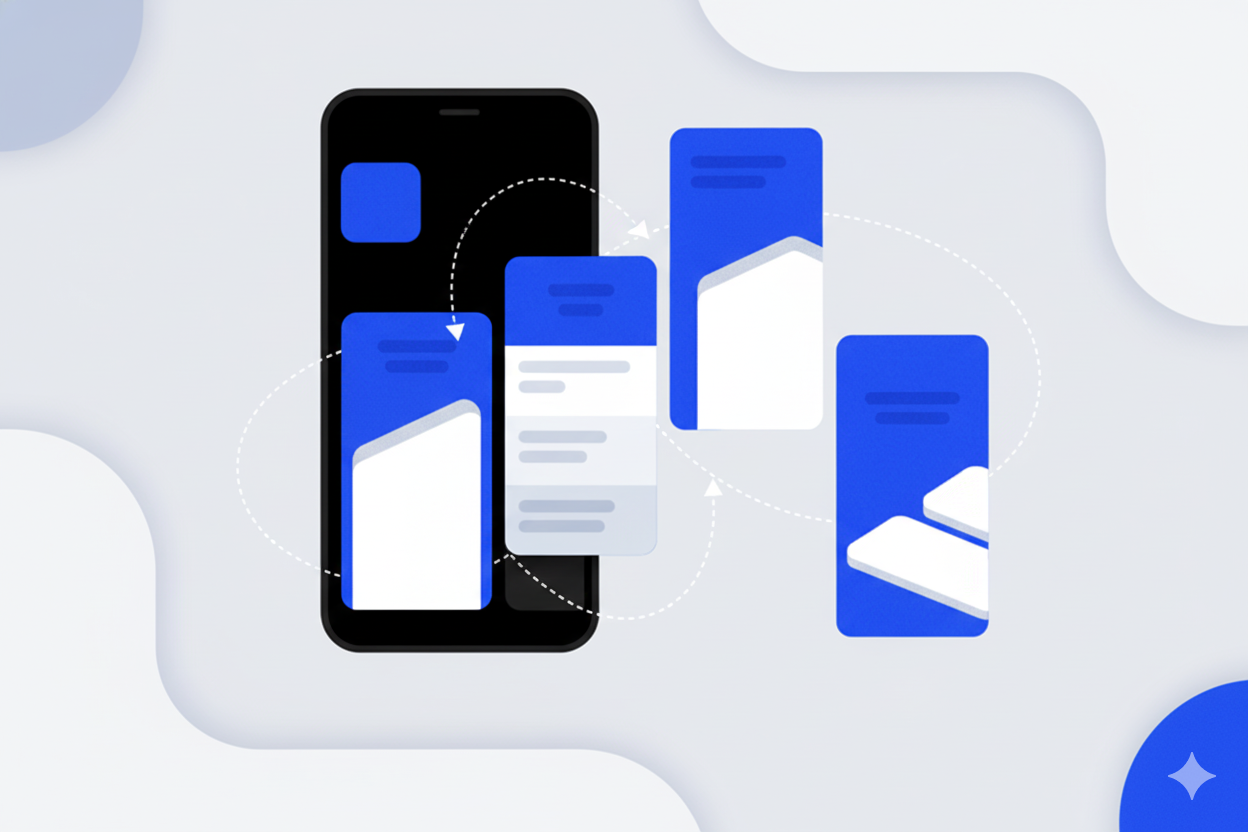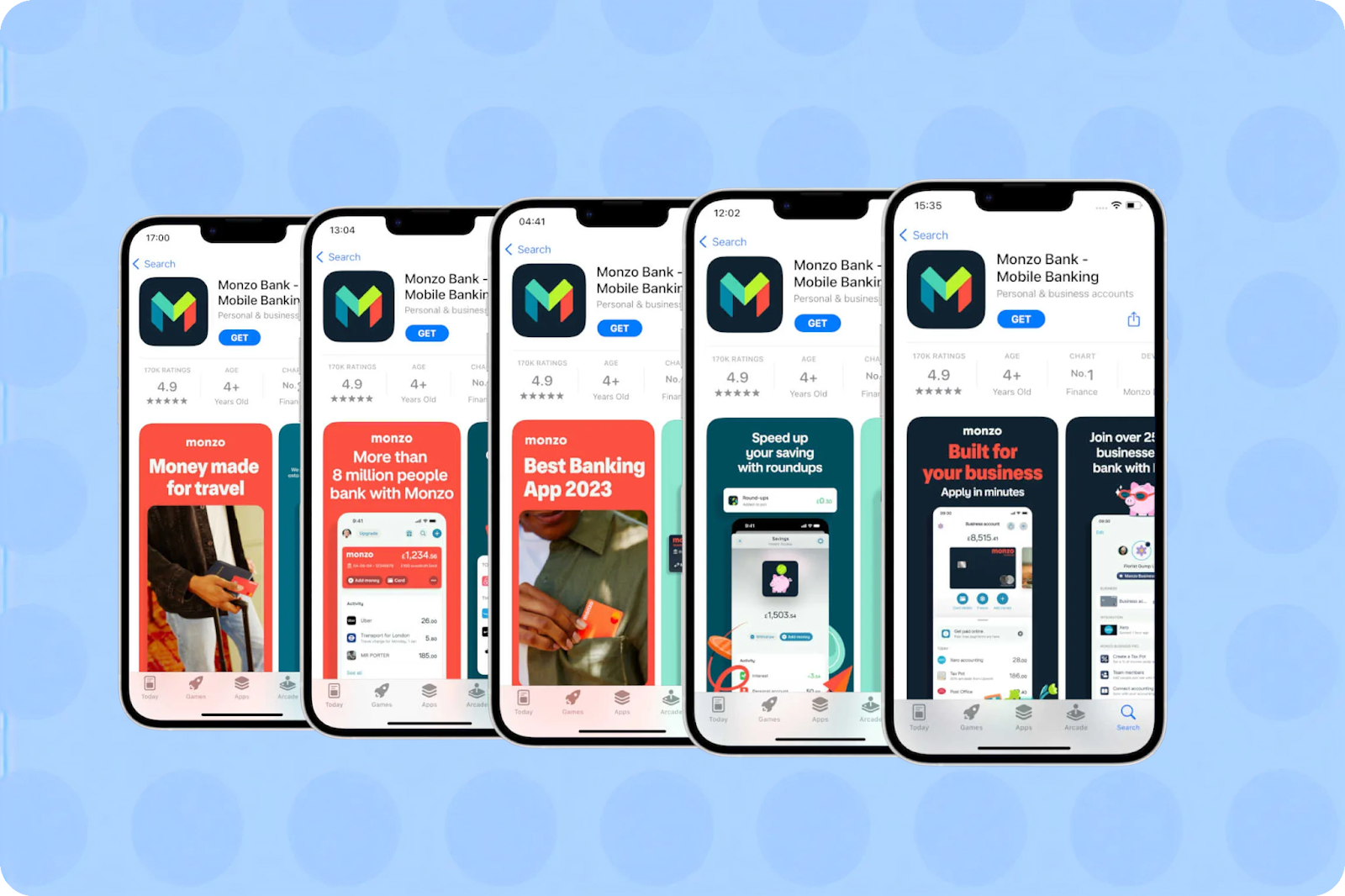The CPP Revolution in 2025: Personalizing App Store Experiences for Precision Growth


In the age of privacy-first marketing, where signal loss has become the norm, growth teams are being forced to rethink what true optimization means. Marketers can no longer rely solely on granular audience targeting or conversion data. Instead, the focus is shifting toward personalizing the user experience itself, from the ad creative all the way to the App Store.
This is where Custom Product Pages (CPPs) are rewriting the rules of user acquisition.
Once seen as a niche App Store feature, CPPs have become one of the most powerful levers for improving conversion, creative alignment, and user quality. For marketers navigating the post-ATT landscape, mastering CPPs means reclaiming control, not through more targeting, but through smarter storytelling.
Introduced in late 2021, Apple’s Custom Product Pages allow marketers to create multiple, highly targeted versions of their App Store page, each optimized for a specific audience, campaign, or creative theme. Each CPP can feature unique screenshots, app previews, and promotional text, enabling precise alignment between ad messaging and store experience.
And these 2025 updates at Apple’s WWDC 2025 are what make CPPs a critical growth lever for marketers today. CPPs are no longer limited to paid traffic, and Apple now allows developers to assign organic keywords to individual CPPs, letting them appear in App Store search results.
In other words, CPPs have officially evolved from performance-driven landing pages into discoverability assets, merging the worlds of paid user acquisition and App Store Optimization (ASO).
A gamer clicking an ad for “PvP battles” lands on a page highlighting combat modes, while another searching organically for “city-building games” sees a CPP emphasizing creativity and relaxation. Both experiences are personalized, intent-driven, and designed to convert.
This alignment of message and motivation is what makes CPPs such a powerful conversion lever in 2025.
Before CPPs, marketers faced a frustrating gap between ad creative and store experience. A user might click a high-performing ad only to land on a generic App Store page that failed to deliver on the creative’s promise. That disconnect led to drop-offs, lower conversion rates, and weaker installs.
CPPs eliminate that friction and help marketers maintain narrative consistency, a psychological principle known as message match. According to Adaptly, it not only improves conversion rate but also reduces CPCs by 30% or more and elevates user quality via attracting audiences aligned with the app’s true value.
Today’s CPPs aren’t just landing pages, they’re data-rich micro-experiments.
This deeper analytics layer, introduced in 2025, allows growth teams to go beyond superficial conversion data to now measure each CPP’s performance across 100+ new App Store Connect metrics, eventually tracking how different creative-CPP pairs influence retention, in-app engagement, and monetization.
Example: a meditation app might discover that “stress-relief” CPPs yield higher Day 1 conversions, while “sleep improvement” pages generate stronger long-term retention. CPP insights now feed directly into creative strategy, product messaging, and LTV optimization.
The magic happens when CPPs are connected to post-install behavior. With a measurement partner like Airbridge, marketers can attribute installs, in-app conversions, and retention metrics back to the CPP link that drove them.
Moreover, as Apple said, since iOS 18, CPPs can include deep links that bring users directly to relevant in-app experiences after installation. That shortens the path to value and strengthens retention from the very first session, a critical step for improving D1 and D7 engagement metrics.
Despite these capabilities, CPP adoption remains surprisingly low.
According to AppTweak’s 2025 ASO Benchmarks Report, only 31% of top apps and 26% of top games actively use Custom Product Pages. Yet, those that do report an average conversion lift of 8.6%, proving the untapped potential for brands willing to invest in personalization.
For performance marketers, this gap represents a rare advantage: a feature still under-utilized by competitors but already delivering measurable ROI.
High-performing apps treat CPPs as narrative extensions of their ads. A mobile RPG might deploy different CPPs per ad theme: “PvP combat,” “hero collection,” or “idle rewards.” A fintech or banking app could segment pages for bank transfer, investing, saving, and credit management use cases.
By mapping each ad creative to a matching CPP, these marketers build a coherent intent funnel, where every user lands on a page that reflects exactly what they were promised in the ad.

CPPs enable scalable A/B testing across value propositions, visuals, and tones.
For example:
Over time, CPP data reveals which emotional triggers, visuals, or tones convert best, feeding back into broader campaign strategy and ASO optimization.
Beyond ad alignment, CPPs shine in short-term campaigns. Seasonal events, influencer collaborations, and feature launches all benefit from dedicated CPPs that spotlight relevant content.
This flexibility allows brands to stay agile, responding quickly to market trends, holidays, or regional interests without altering the default App Store listing. And with Apple’s 2025 update enabling organic discovery, campaign-specific CPPs can even rank for timely keywords like “Black Friday deals”, “Holiday Shopping” or “new season update.”

The next wave of CPP innovation lies in dynamic personalization, where content adapts to user context, behavior, or audience cohort. As contextual and cohort-driven personalization becomes more accessible, CPPs will start behaving less like static pages and more like dynamic storefronts.
“Instead of showing the same screenshots to everyone, future CPPs could automatically adapt based on a user’s intent, past behavior, or even real-time signals such as location, device type, or campaign source. This means a user coming from a TikTok creator might see a fun, social-focused CPP, while a returning lapsed user may see a page emphasizing new features and rewards.” - Airbridge Marketing Team
What it means for marketers:
While CPPs empower marketers to customize App Store experiences, Airbridge amplifies their impact by connecting CPP data with full-funnel attribution and user behavior analytics.

Airbridge’s One-click generation of CPP tracking links to measure its effectiveness
By linking each CPP link to install sources, post-install events, and retention metrics, Airbridge enables marketers to understand not just which CPP converted, but which CPP nurtured long-term value.
CPPs tell you who clicked. Airbridge tells you who stayed, paid, and scaled.
With Airbridge, marketers can:

